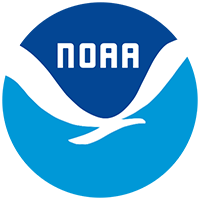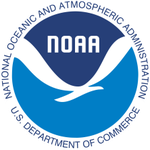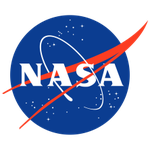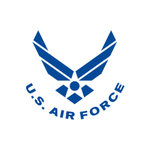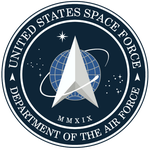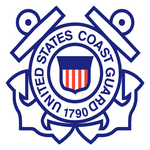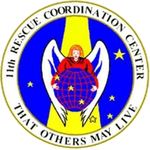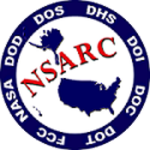SARSAT Partners in the United States
Collaboration from the Start
Just as it takes a village to raise a child, the research and application of Search and Rescue Satellite-Aided tracking (SARSAT) in the United States has flourished thanks to the coordinated efforts of numerous government agencies and countless dedicated people in the public and private sector, working together as far back as the seventies. They nurtured the idea of using space-based technology to improve the ability of search and rescue responders to save the lives of people in distress at sea or as a result of aviation accidents. Subsequent generations of scientists, engineers, technicians, and frontline SAR responders continue to evolve the design, operation and application of this unique programme that provides the most direct, reliable way for Americans and people around the world to send a distress signal from a remote location and know they will be heard.
National Oceanic and Atmospheric Administration
The National Oceanic and Atmospheric Administration (NOAA) operates the SARSAT system and represents U.S. interests on the international stage with Cospas-Sarsat.
National Aeronautics and Space Administration
The National Aeronautics and Space Administration (NASA) aids in the development of search and rescue (SAR) technologies, as well as the flight and ground systems that support them.
United States Air Force
The U.S. Air Force Rescue Coordination Center (AFRCC) is responsible for authenticating the distress alert and coordinating on-land federal search and rescue (SAR) operations in the contiguous United States
U.S. Space Force
The U.S. Space Force (USSF) is the newest branch of the Armed Forces and will provide space capabilities to other U.S. and allied interests
United States Coast Guard
The U.S. Coast Guard not only provides Rescue Coordination but also conducts search and rescue missions for all international inland and maritime SAR areas of responsibility. Coast Guard RCCs are set up to cover specific geographic areas and act as command and coordination centers. There are nine RCCS and two Rescue Sub-Centers (RSCs) located on the East, West and gulf coasts, Alasa, Hawaii, Guam and Puerto Rico, as well as on the Great Lakes and inland U.S. waterways.
Alaska Rescue Coordination Center
The Alaska Rescue Coordination Center (AKRCC), operated by the Alaska Air National Guard, is the single agency that provides 24 hour rescue coordination capability for the inland Alaska search and rescue region.
National Search and Rescue Community
The National Search and Rescue Community (NSARC) is a federal-level committee formed to coordinate civil search and rescue (SAR) matters of interagency interest within the United States.
For more information on these agencies and their role in Search and Rescue, visit their websites.
